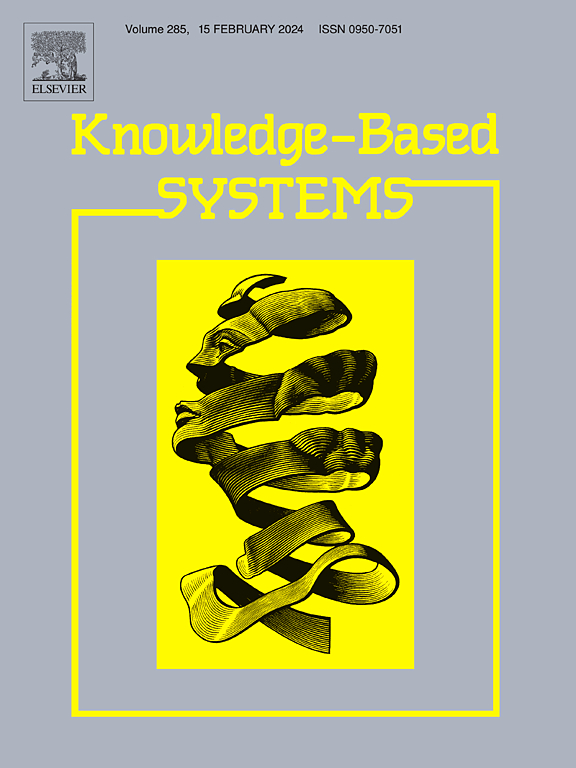DTIU: A self-supervised grid-enhanced diffusion model for trajectory imputation in unconstrained scenarios
IF 7.2
1区 计算机科学
Q1 COMPUTER SCIENCE, ARTIFICIAL INTELLIGENCE
引用次数: 0
Abstract
While the widespread of location-based services has led to a proliferation of trajectory data, it is often accompanied by the inevitable problem of incomplete data due to various reasons, e.g., sensor failure and privacy concerns. Imputing the incomplete trajectory is critically important to a range of practical applications, e.g., traffic management and emergency response. Most recent proposals on trajectory imputation are designed for the urban scenario where a road network is available, which may not work well in the unconstrained environment scenario. As there are no road networks or predefined paths in the unconstrained environment, existing approaches for trajectory imputation may result in insufficient input data and thus lead to sub-optimal performance. To address this issue, we propose a self-supervised grid-enhanced Diffusion model for Trajectory Imputation in Unconstrained scenarios (DTIU). DTIU includes a diffusion model specifically designed for trajectory imputation tasks. DTIU avoids the problem of insufficient input by using trajectory data as the only input. To contend with missing position information and effectively learn the spatio-temporal correlations, we design a GridFormer based on AutoEncoder with an adaptive grid information enhancement strategy. DTIU adopts a self-supervised training strategy inspired by masked language models, aiming at address the data sparsity issue. Extensive experiments on real data offer insight into the effectiveness of the proposed framework. This marks the first application of diffusion models to tackle trajectory imputation in unconstrained scenarios.
无约束情况下的自监督网格增强扩散模型
虽然基于位置的服务的广泛应用导致了轨迹数据的激增,但由于各种原因,例如传感器故障和隐私问题,往往伴随着不可避免的数据不完整问题。计算不完全轨迹对于交通管理和应急响应等一系列实际应用至关重要。最近关于轨迹估算的建议大多是针对有路网的城市场景设计的,在无约束的环境场景中可能效果不佳。由于无约束环境中没有路网或预定义路径,现有的轨迹输入方法可能会导致输入数据不足,从而导致性能次优。为了解决这一问题,我们提出了一种自监督网格增强扩散模型,用于无约束场景下的轨迹输入。DTIU包括一个专门为轨迹输入任务设计的扩散模型。DTIU采用轨迹数据作为唯一输入,避免了输入不足的问题。为了解决位置信息缺失和有效学习时空相关性的问题,我们设计了一种基于AutoEncoder的GridFormer,并采用自适应网格信息增强策略。DTIU采用了一种受掩模语言模型启发的自监督训练策略,旨在解决数据稀疏性问题。对真实数据的大量实验提供了对所提出框架有效性的深入了解。这标志着扩散模型首次应用于无约束情况下的轨迹输入。
本文章由计算机程序翻译,如有差异,请以英文原文为准。
求助全文
约1分钟内获得全文
求助全文
来源期刊

Knowledge-Based Systems
工程技术-计算机:人工智能
CiteScore
14.80
自引率
12.50%
发文量
1245
审稿时长
7.8 months
期刊介绍:
Knowledge-Based Systems, an international and interdisciplinary journal in artificial intelligence, publishes original, innovative, and creative research results in the field. It focuses on knowledge-based and other artificial intelligence techniques-based systems. The journal aims to support human prediction and decision-making through data science and computation techniques, provide a balanced coverage of theory and practical study, and encourage the development and implementation of knowledge-based intelligence models, methods, systems, and software tools. Applications in business, government, education, engineering, and healthcare are emphasized.
 求助内容:
求助内容: 应助结果提醒方式:
应助结果提醒方式:


